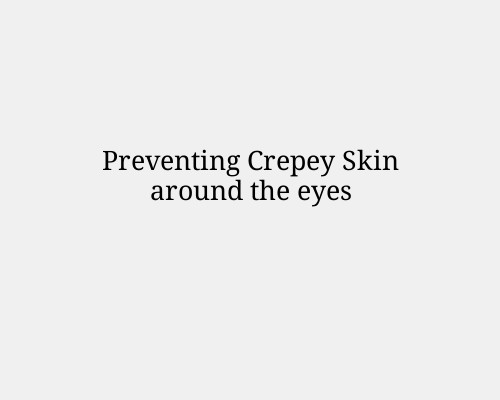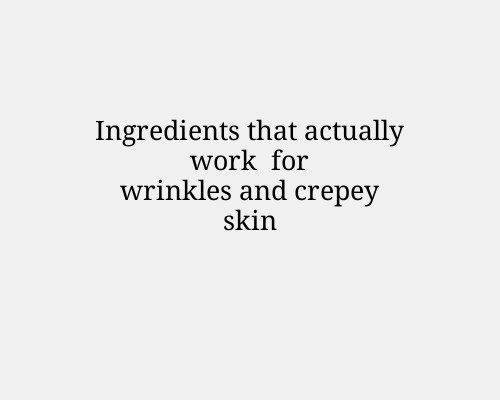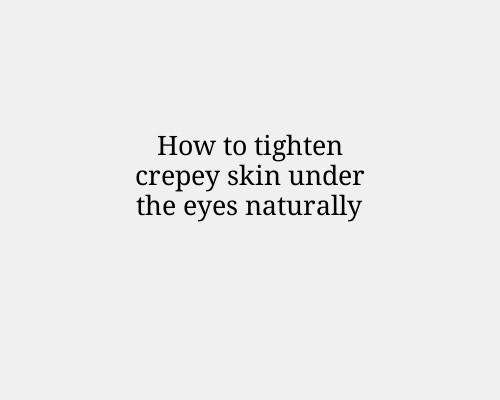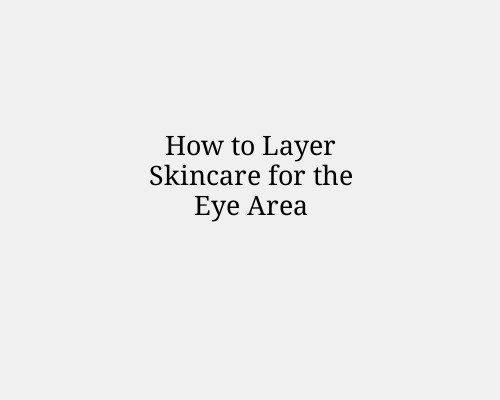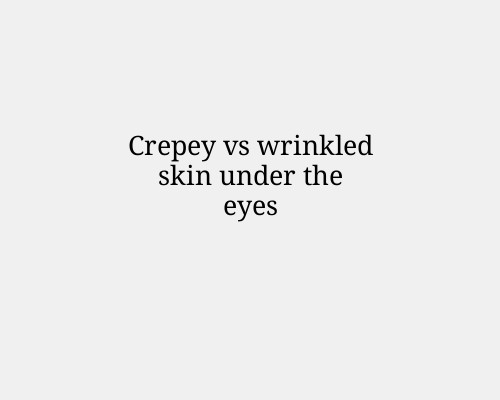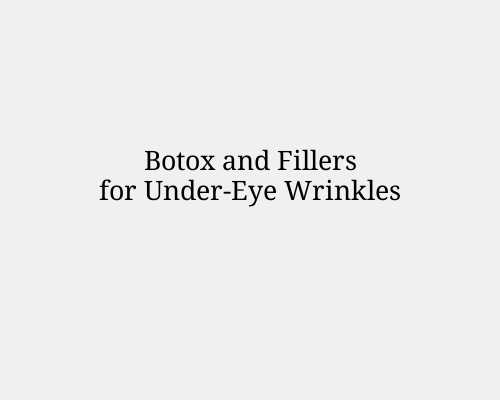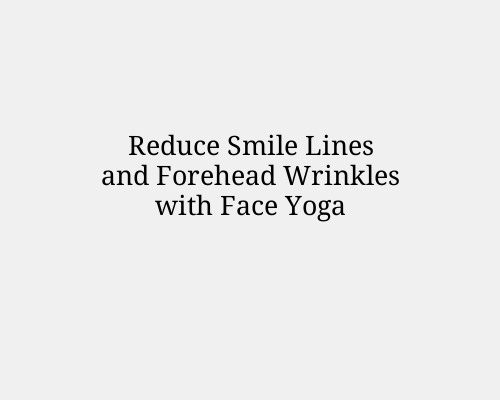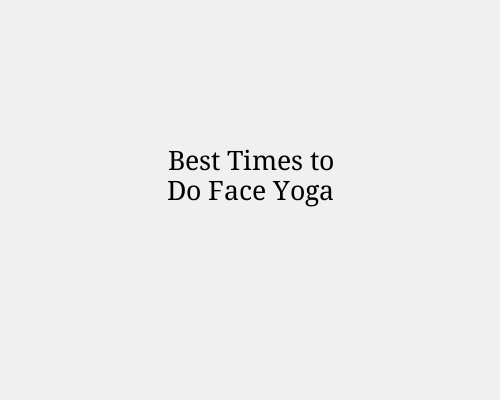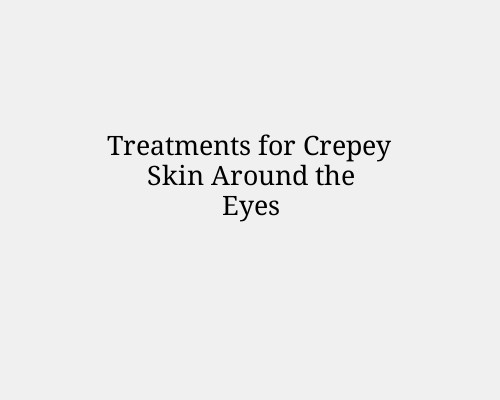
Top Dermatologist-Recommended Treatments for Crepey Skin around the Eyes
Crepey skin around the eyes is a common sign of aging, often characterized by thin, finely wrinkled, and sagging skin that resembles crepe paper. This condition is primarily caused by a breakdown in collagen and elastin due to sun damage, natural aging, and lifestyle factors such as poor hydration and smoking. The eye area, being the thinnest and most delicate skin on the body, is particularly vulnerable.
Dermatologists recommend a variety of professional procedures and over-the-counter products that can significantly improve the appearance of crepey skin. The following guide explores the most effective treatments used in clinical settings and supported by peer-reviewed studies and dermatological expertise.
![]()
Professional Dermatological Procedures for Crepey Eye Skin
Fractional Laser Resurfacing (CO2 or Erbium Lasers)
Overview: This procedure uses targeted beams of laser energy to create micro-injuries in the skin, triggering the body’s natural healing response and promoting collagen production.
Benefits:
Improves texture and elasticity
Reduces fine lines and wrinkles
Stimulates new collagen and elastin growth
Downtime: 5–10 days of redness, swelling, and peeling.
Ideal Candidates: Patients with moderate to severe crepey skin and photoaging.
Microneedling with Radiofrequency (RF)
Overview: Combines tiny needles with radiofrequency energy to stimulate deeper layers of the skin, improving firmness and smoothness.
Benefits:
Tightens loose, sagging skin
Enhances skin texture
Minimal downtime (1–2 days of redness)
Best For: Mild to moderate crepiness and laxity under the eyes.
Chemical Peels (Light to Medium Strength)
Overview: Medical-grade peels using acids such as glycolic acid or trichloroacetic acid (TCA) exfoliate the skin and encourage new cell growth.
Benefits:
Smooths fine lines and skin tone
Encourages regeneration of new skin
Stimulates collagen production over time
Note: Only superficial or light peels are typically used near the eye area due to its sensitivity.
Platelet-Rich Plasma (PRP) Injections
Overview: PRP, derived from the patient's own blood, is injected into the under-eye area to stimulate tissue regeneration and collagen synthesis.
Benefits:
Improves skin tone and elasticity
Reduces the appearance of fine lines
Natural and safe for most skin types
Often combined with: Microneedling for enhanced results.
Hyaluronic Acid Fillers (e.g., Restylane, Belotero)
Overview: Injectable dermal fillers temporarily restore volume and smooth crepey under-eye skin by filling in hollow areas and fine wrinkles.
Benefits:
Immediate results
Enhances hydration and skin support
Lasts 6–12 months
Caution: Must be administered by an experienced injector to avoid complications such as puffiness or discoloration.
Ultherapy (Ultrasound Skin Tightening)
Overview: Uses focused ultrasound energy to heat deep skin layers and stimulate collagen growth without damaging the surface.
Benefits:
Non-invasive with no downtime
Gradual tightening over 2–3 months
Safe for delicate areas around the eyes
![]()
Top Dermatologist-Recommended Products for Crepey Under-Eye Skin
In addition to in-office procedures, consistent use of targeted skincare products is crucial for maintaining and enhancing results. Dermatologists recommend the following categories of ingredients and products:
Retinol or Retinaldehyde-Based Eye Creams
Function: Stimulates collagen production and accelerates skin turnover, improving texture and reducing fine lines.
Top Picks:
RoC Retinol Correxion Eye Cream
SkinCeuticals Retinol 0.3 or 0.5 (use with caution around eyes)
Usage Tips: Begin with low concentrations and apply every 2–3 nights to build tolerance. Always use sunscreen during the day.
Peptide-Enriched Formulas
Function: Peptides signal the skin to produce more collagen and elastin, leading to firmer, more resilient skin.
Recommended Products:
Olay Regenerist Micro-Sculpting Eye Cream
Drunk Elephant Shaba Complex Eye Serum
Growth Factor Serums
Function: Deliver bio-identical growth factors that encourage cellular repair and skin regeneration.
Derm-Favorite Brands:
SkinMedica TNS Eye Repair
Neocutis Lumière Firm Riche Eye Cream
Hyaluronic Acid-Based Moisturizers
Function: Attracts and retains moisture in the skin, plumping fine lines and reducing the appearance of crepiness.
Notable Products:
The Ordinary Hyaluronic Acid + B5
CeraVe Eye Repair Cream
Antioxidant Serums (Vitamin C, E, Ferulic Acid)
Function: Neutralize free radicals that cause collagen breakdown and pigmentation.
Recommended Serums:
SkinCeuticals AOX+ Eye Gel
La Roche-Posay Redermic C Eyes

Preventative and Supportive Measures
Even the most advanced treatments will yield limited results without supportive skincare habits. Dermatologists consistently advise the following:
Daily Broad-Spectrum Sunscreen: SPF 30 or higher, even on cloudy days.
Hydration: Drink adequate water and use a humidifier in dry climates.
Avoid Rubbing the Eyes: Reduces mechanical breakdown of thin skin.
Sleep Position: Sleep on your back to avoid compressing the eye area.
Diet: Antioxidant-rich foods (berries, leafy greens, nuts) support skin health.
![]()
When to See a Dermatologist
While OTC products offer gradual improvement, persistent or severe crepey skin often requires professional intervention. A board-certified dermatologist can assess your skin, recommend a personalized treatment plan, and ensure proper use of medical-grade products or procedures.
Early intervention typically results in better long-term outcomes.
![]()
Final Thought:
Crepey under-eye skin is a cosmetic concern that responds well to a combination of professional treatments and consistent skincare. For optimal results, a strategic, dermatologist- guided approach involving collagen stimulation, hydration, and sun protection is essential.
Avoid DIY fixes or unregulated procedures, especially in such a sensitive area.
